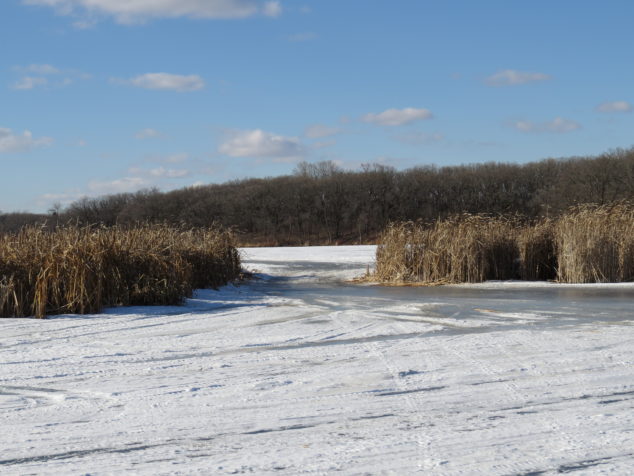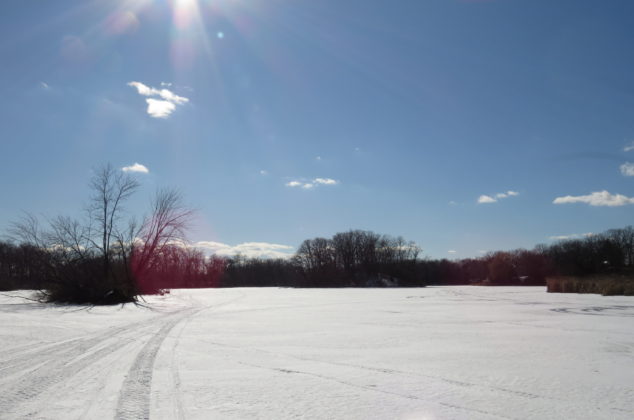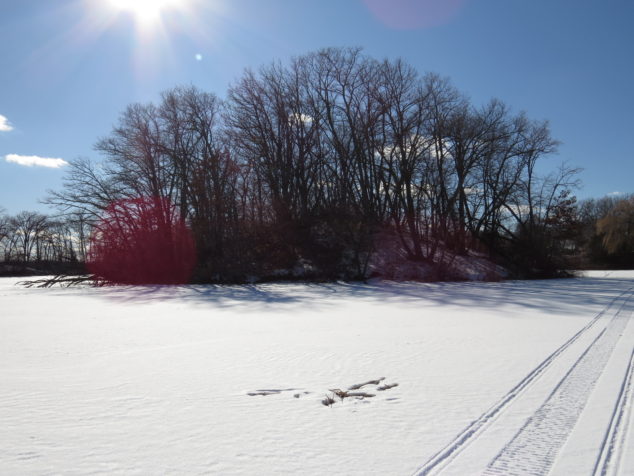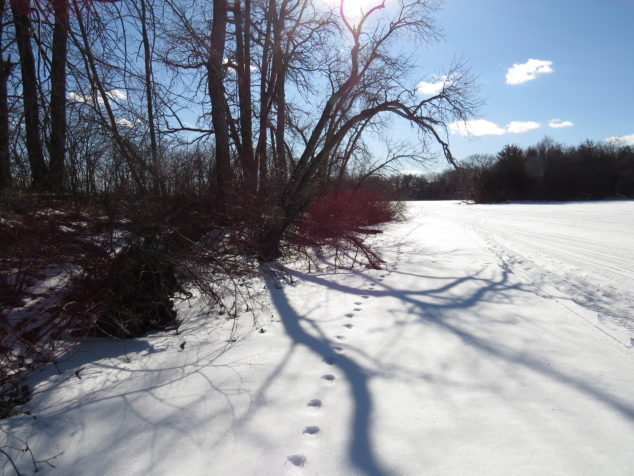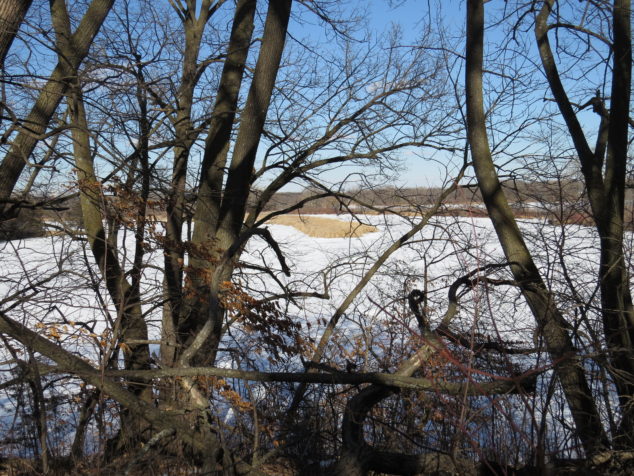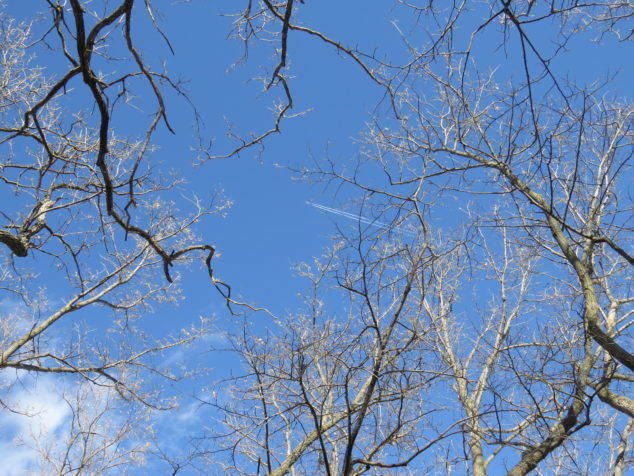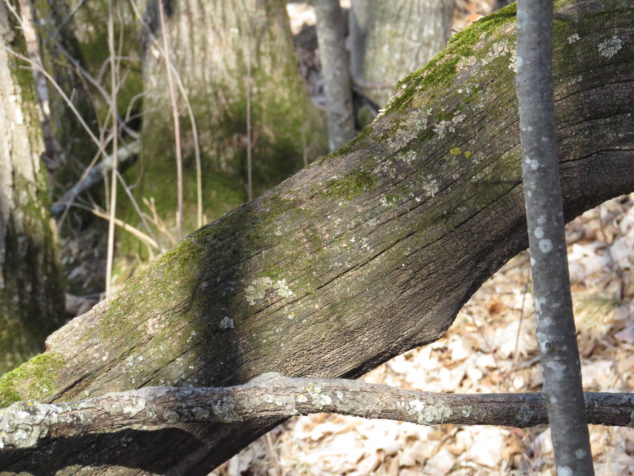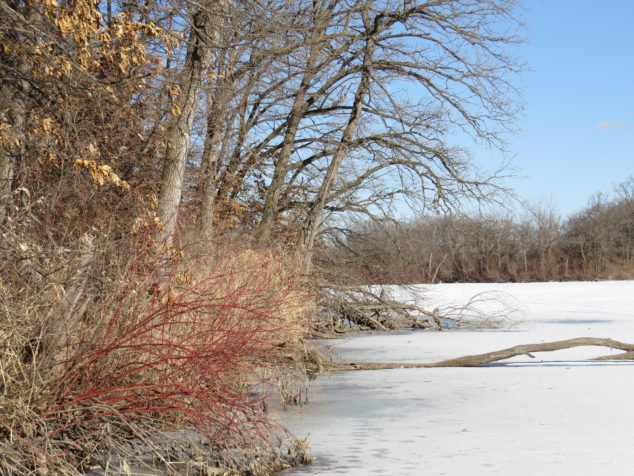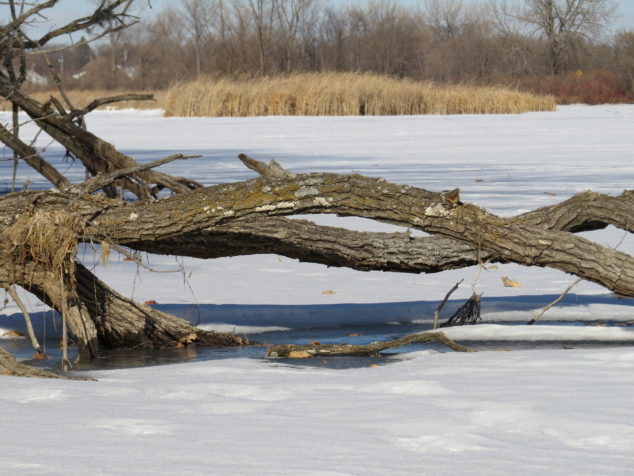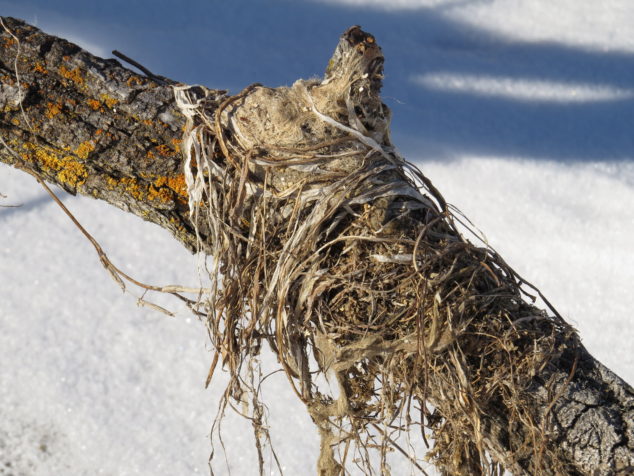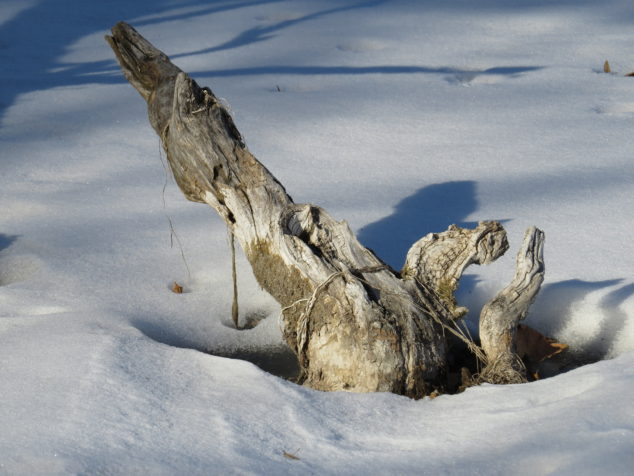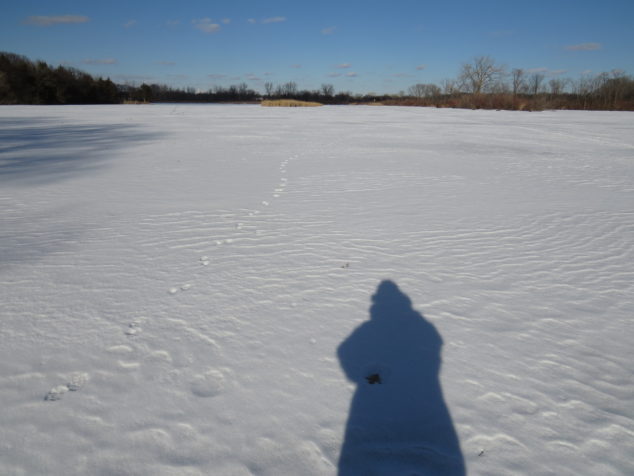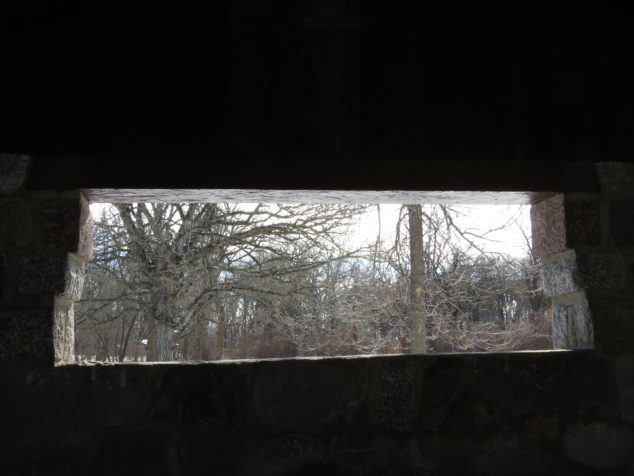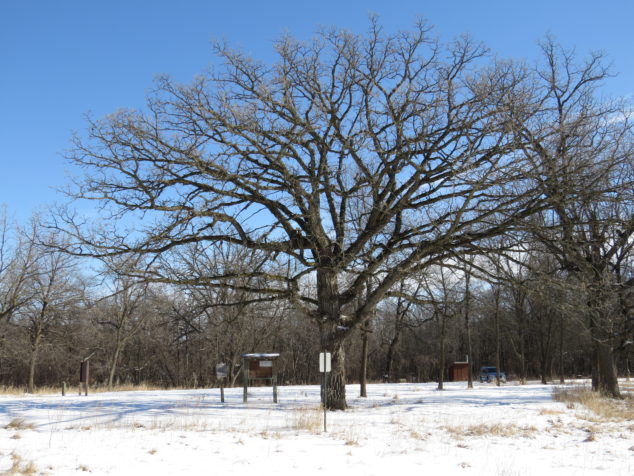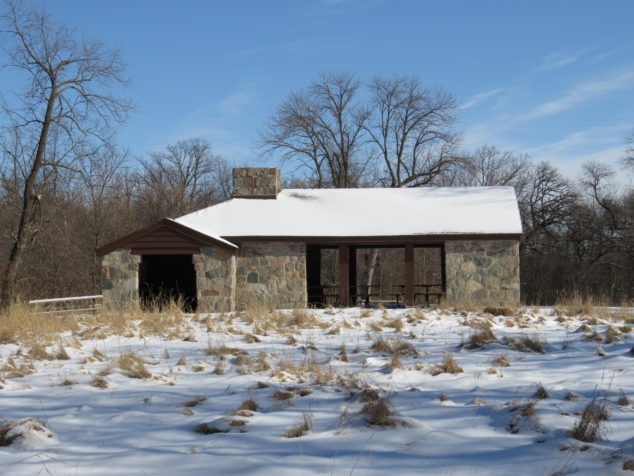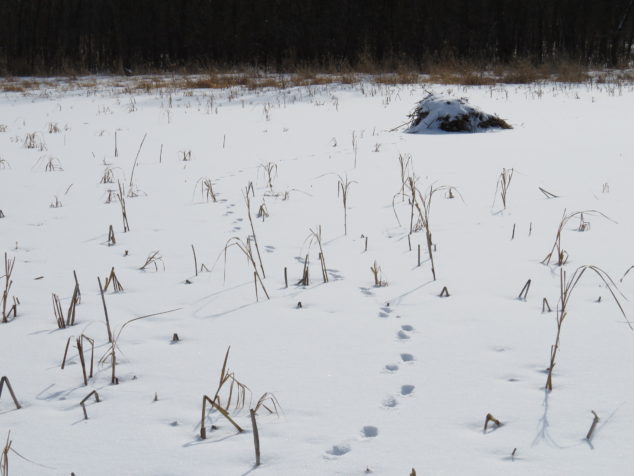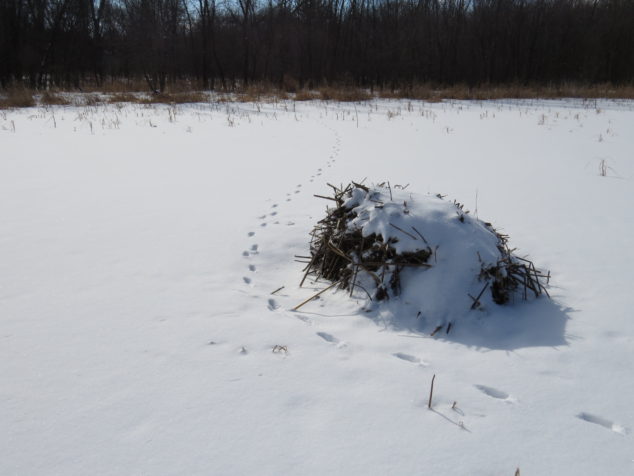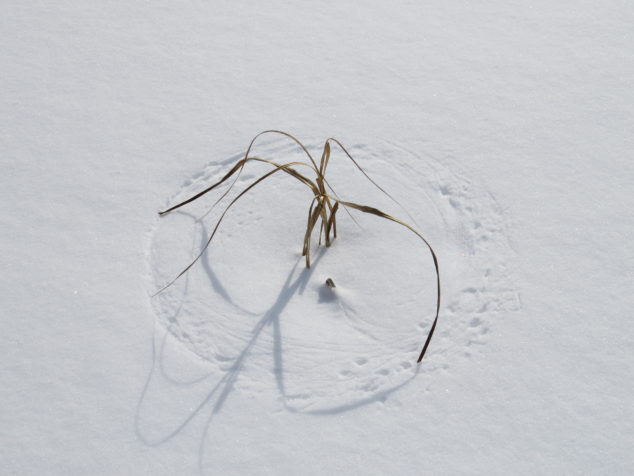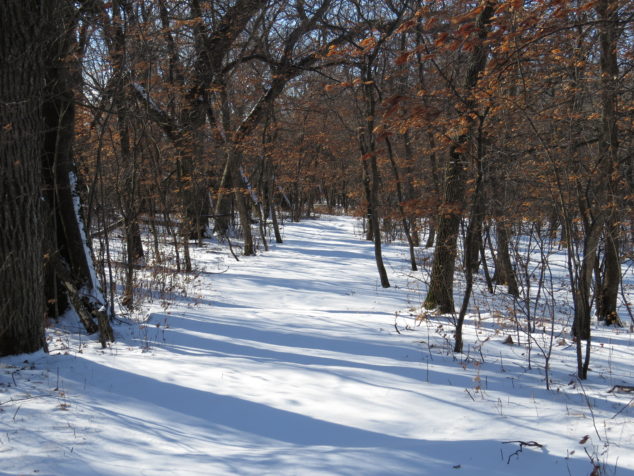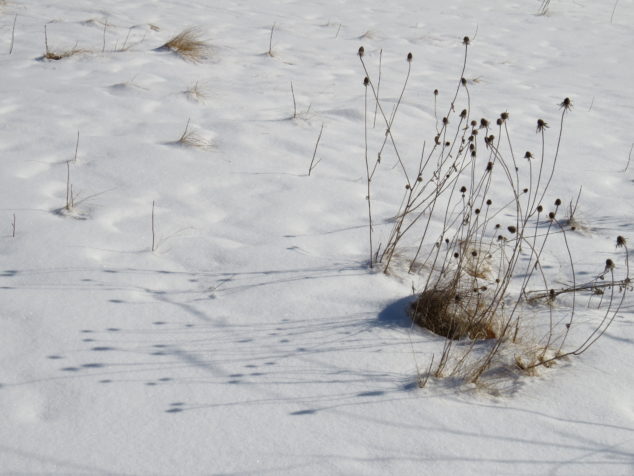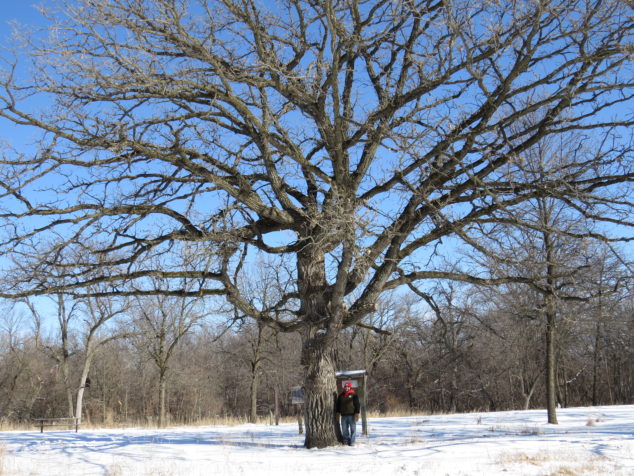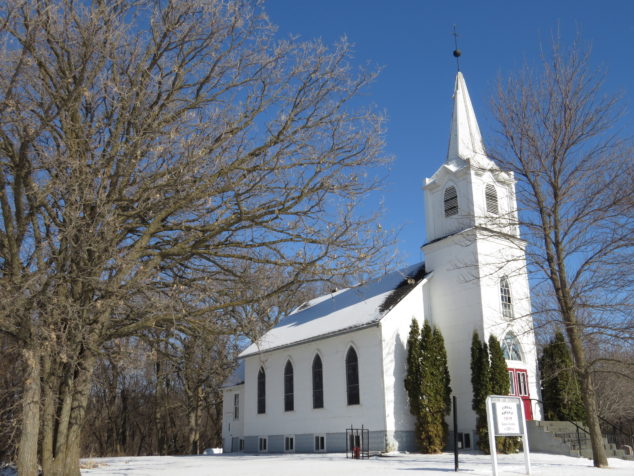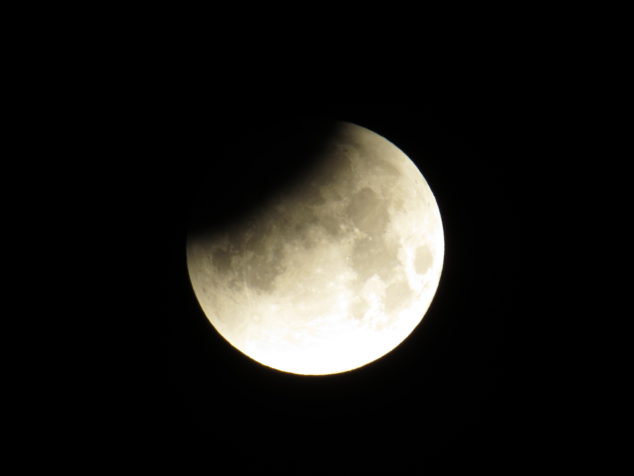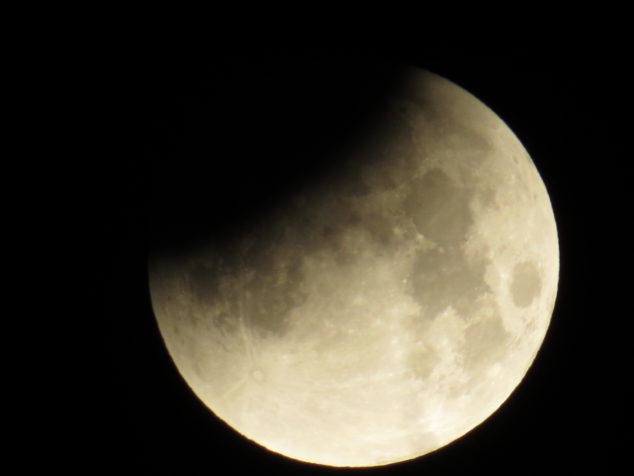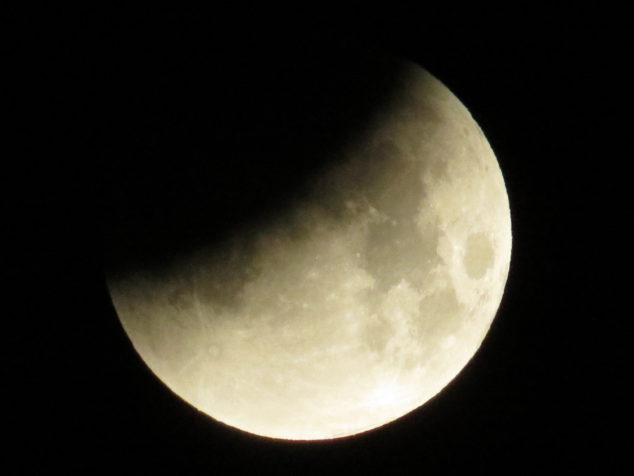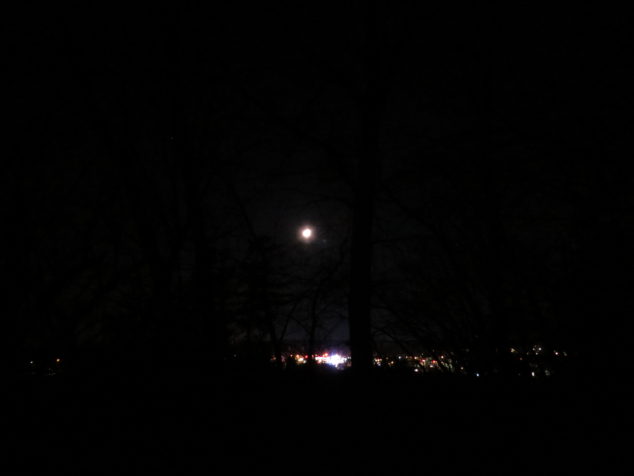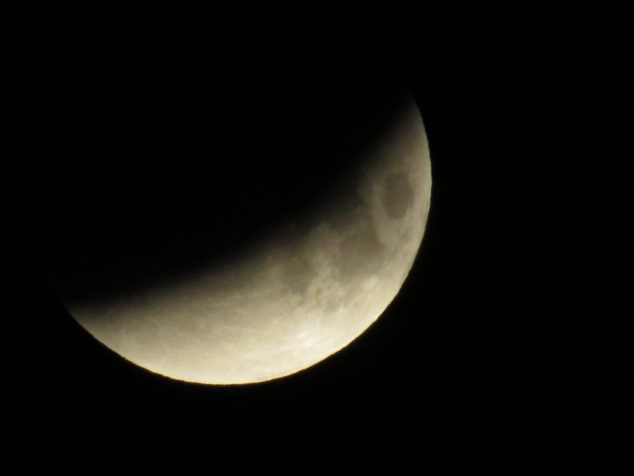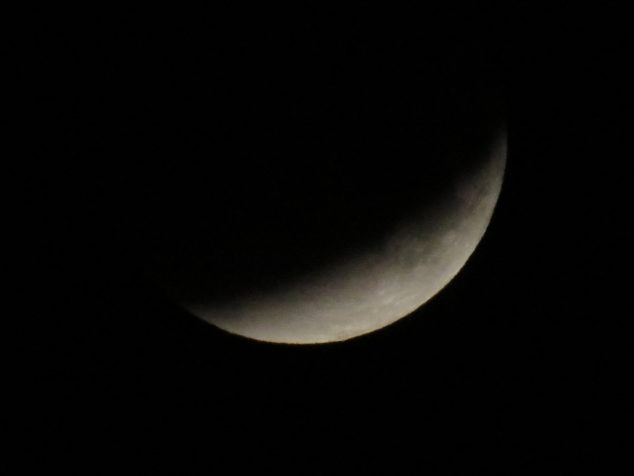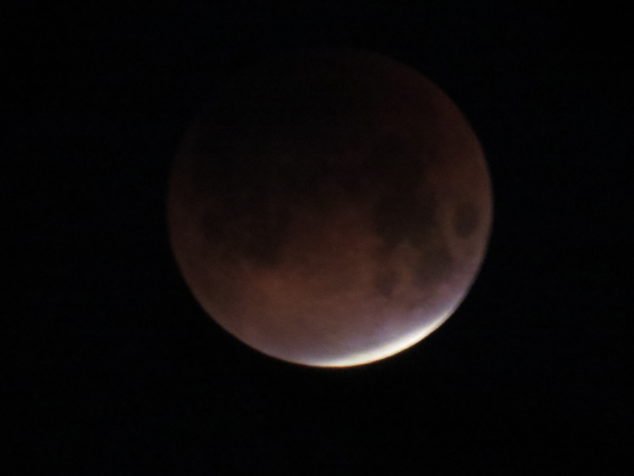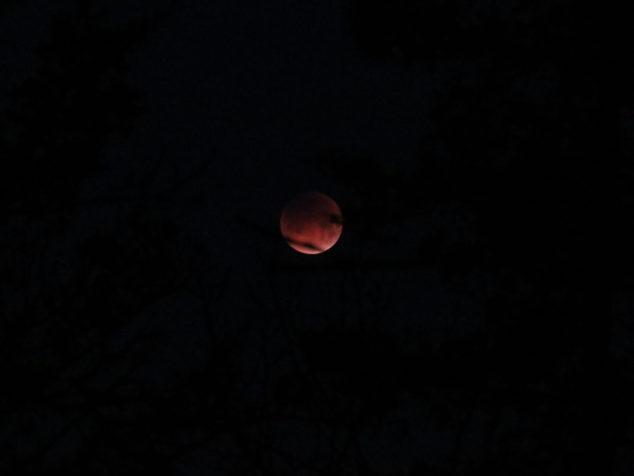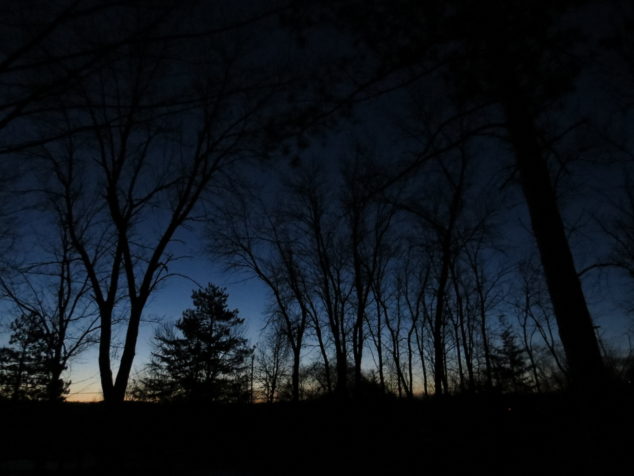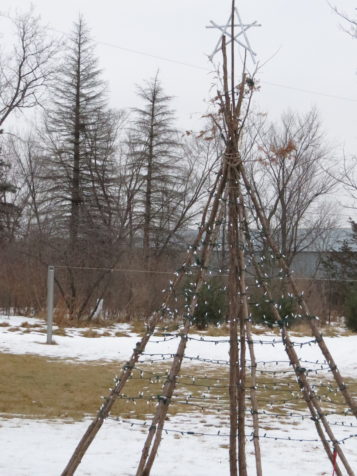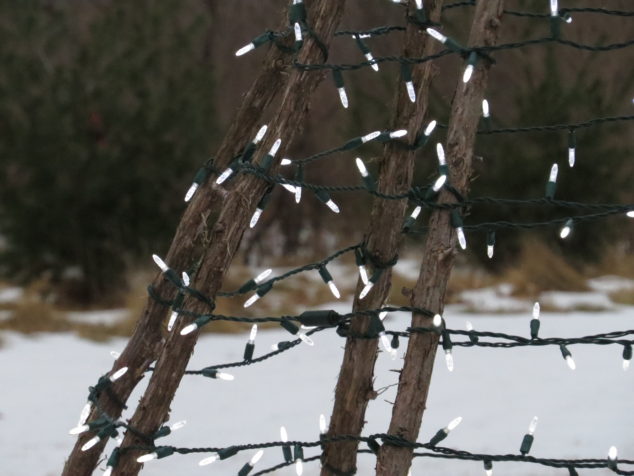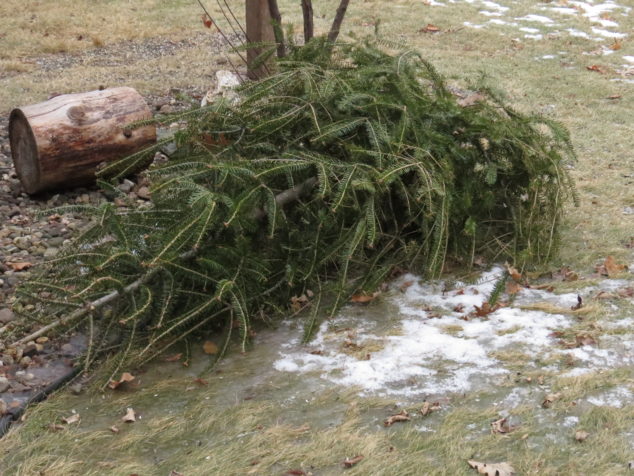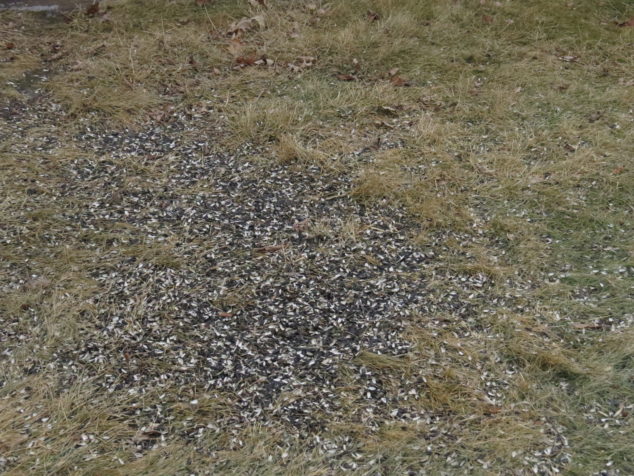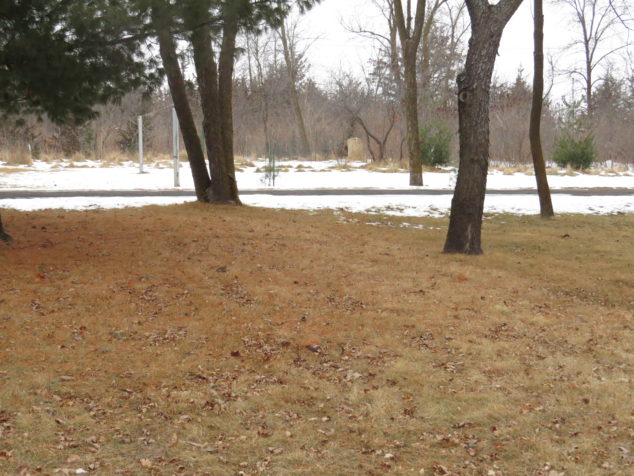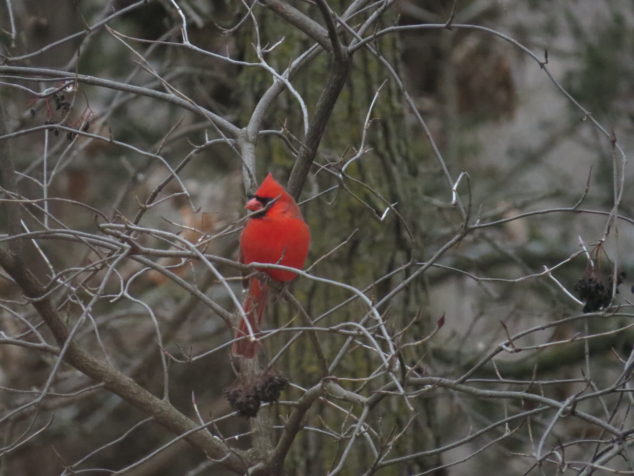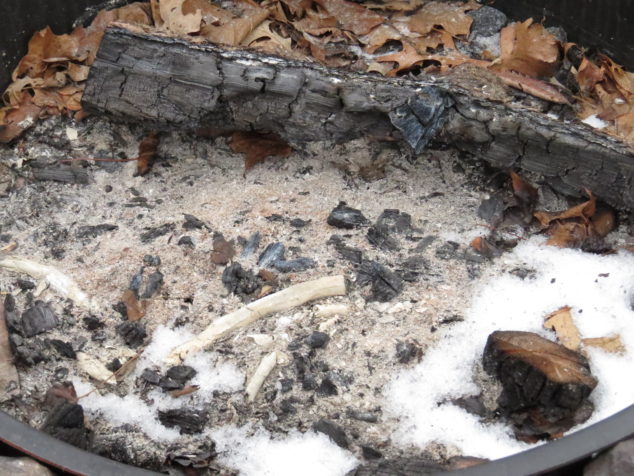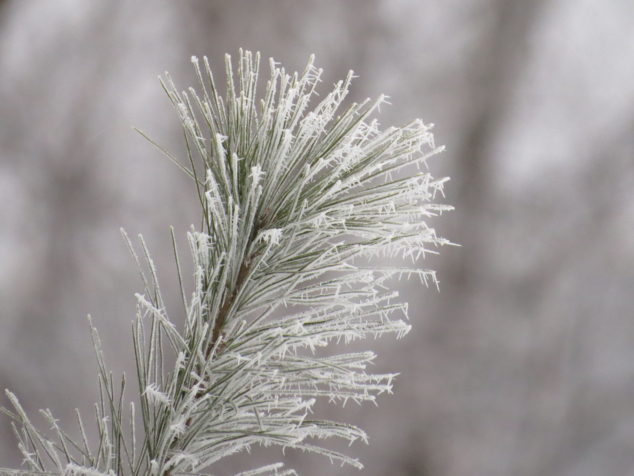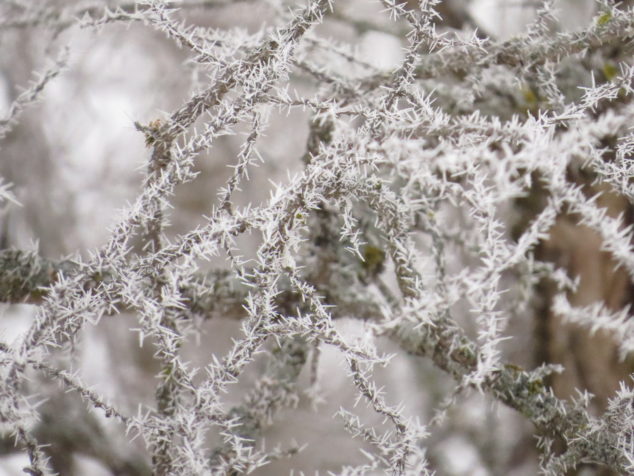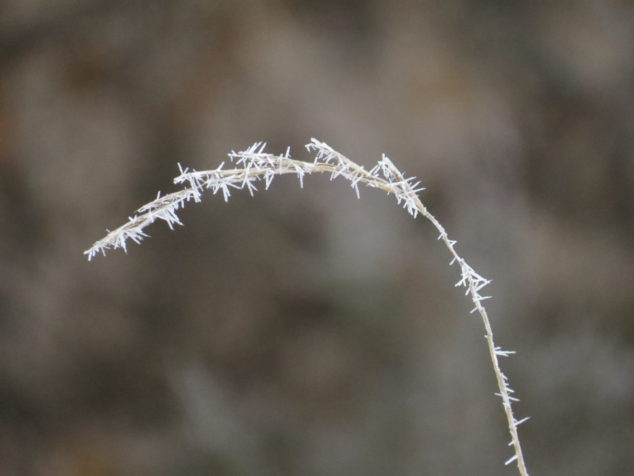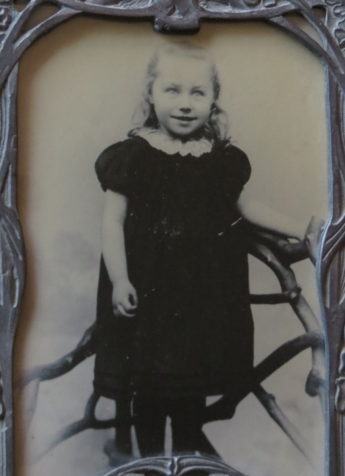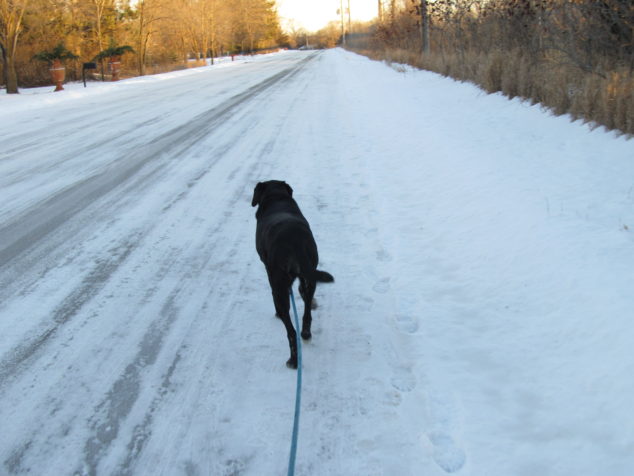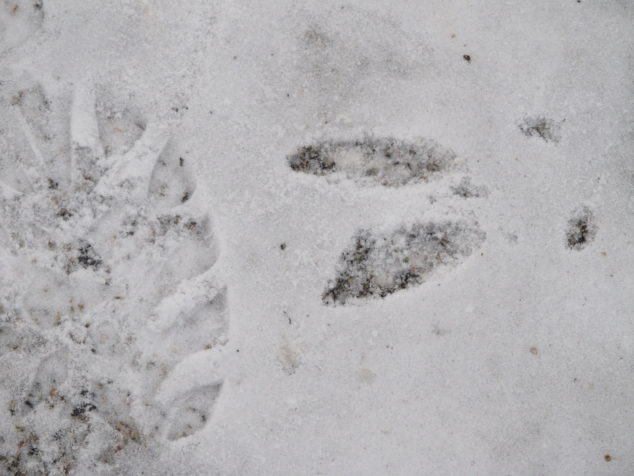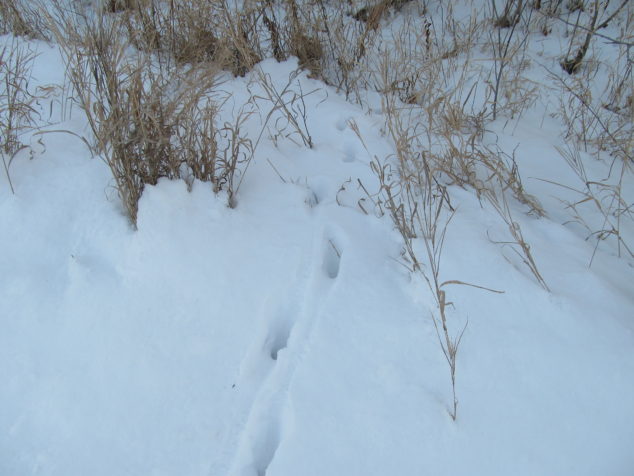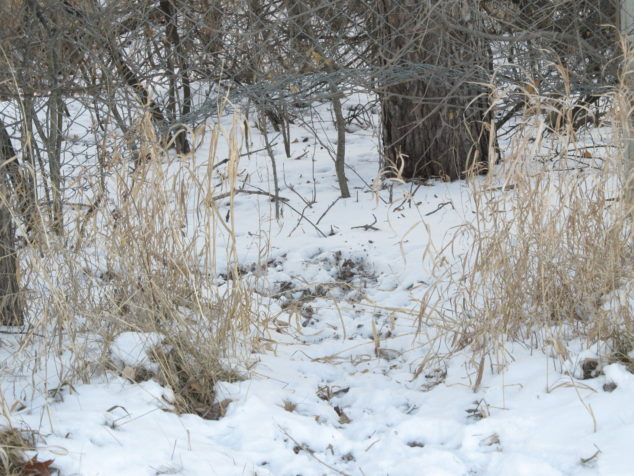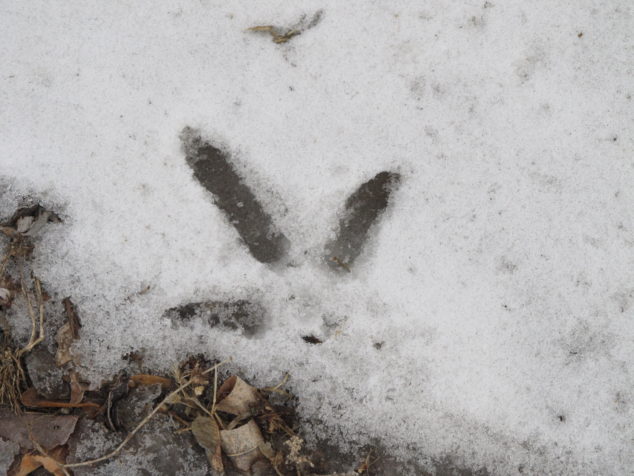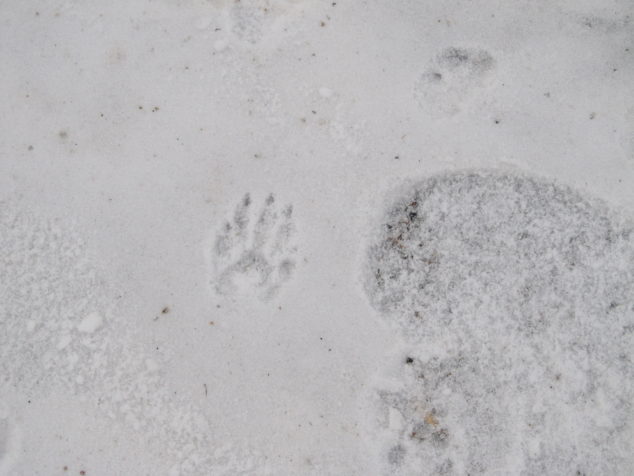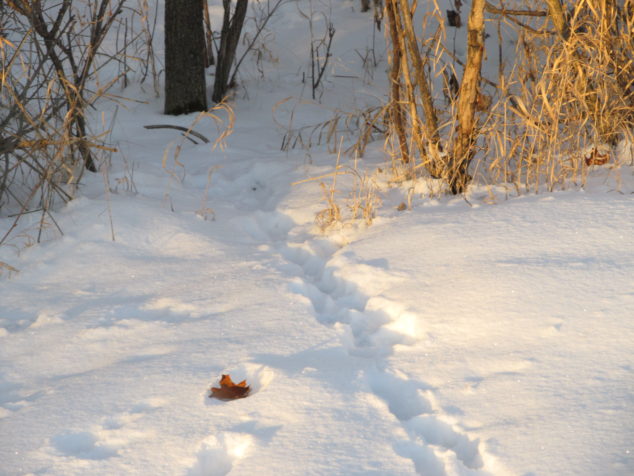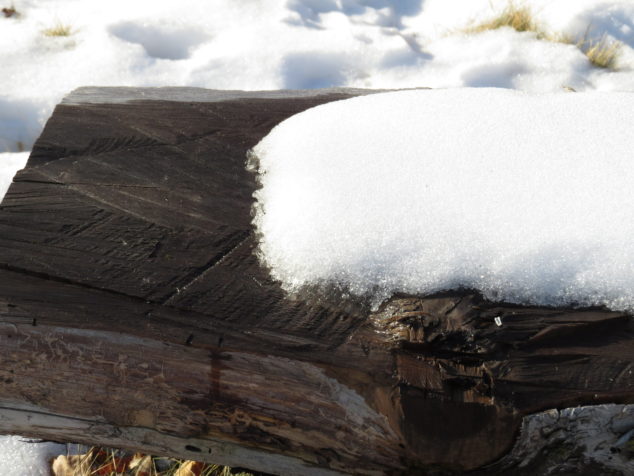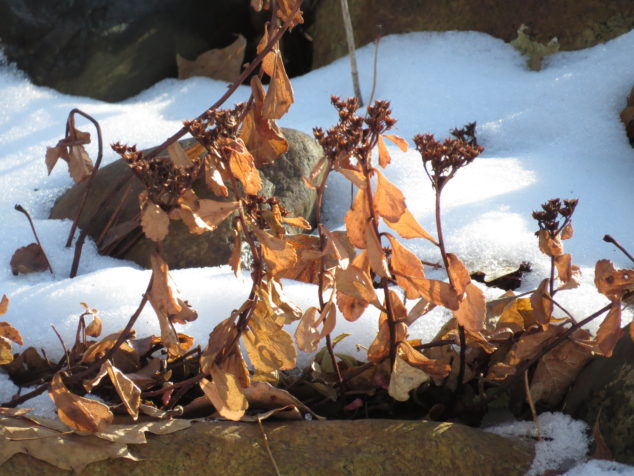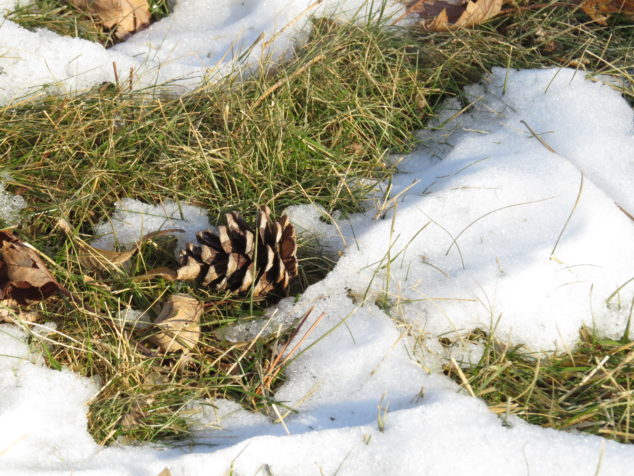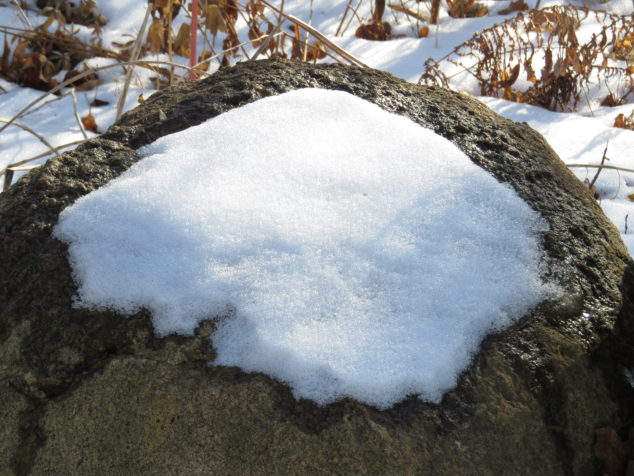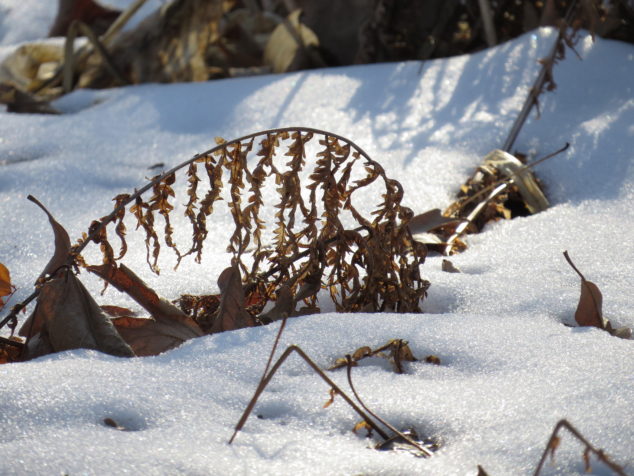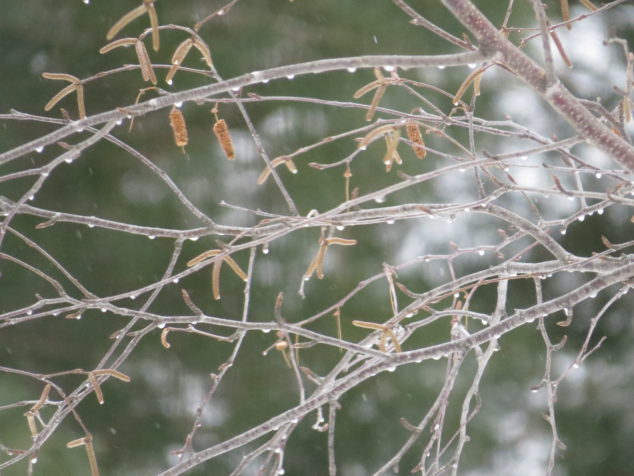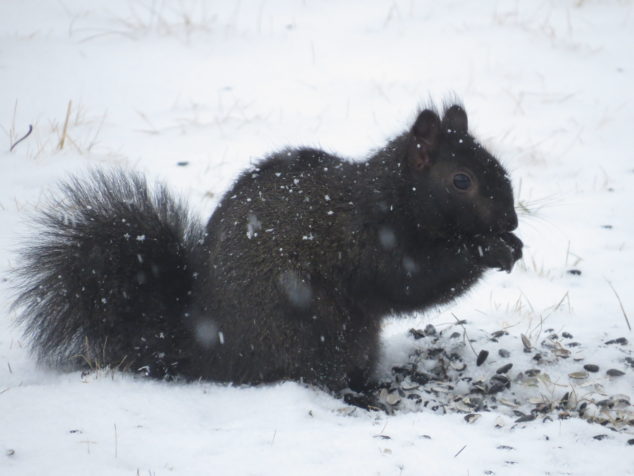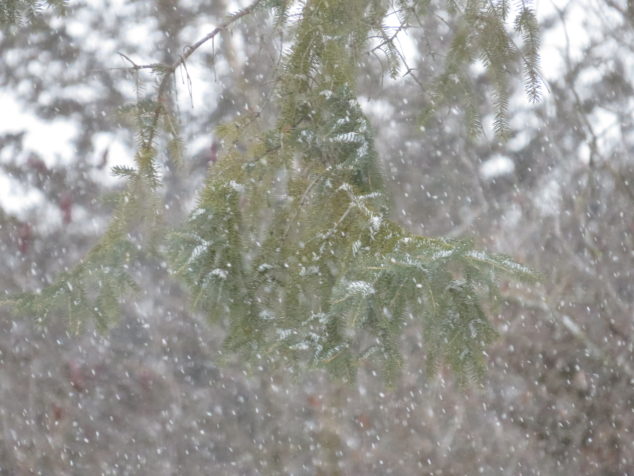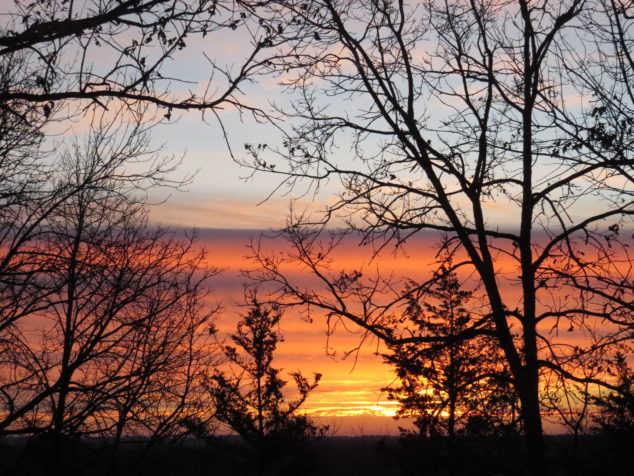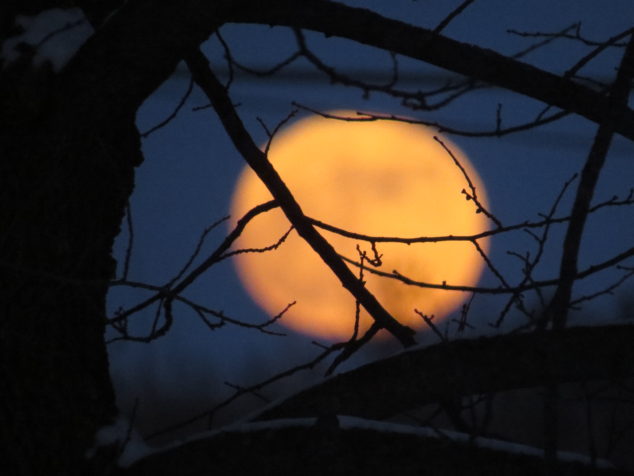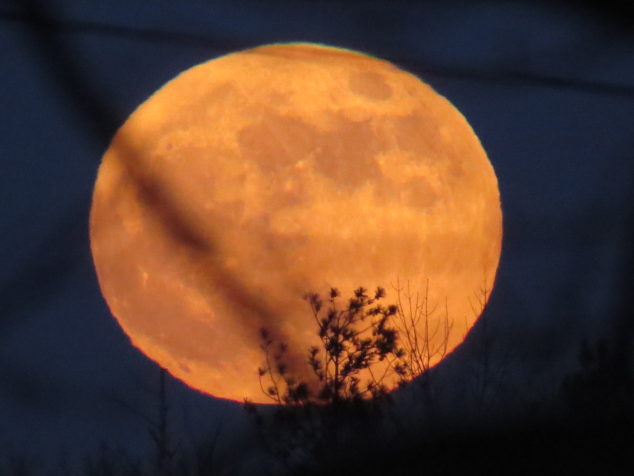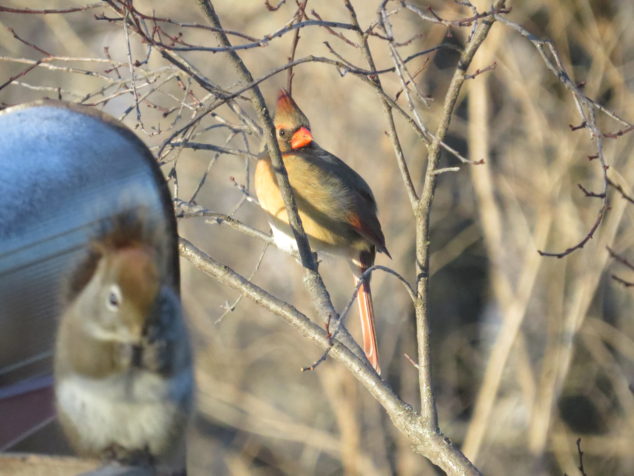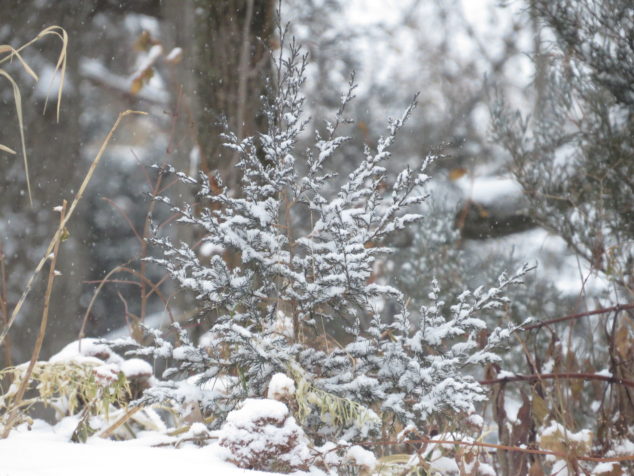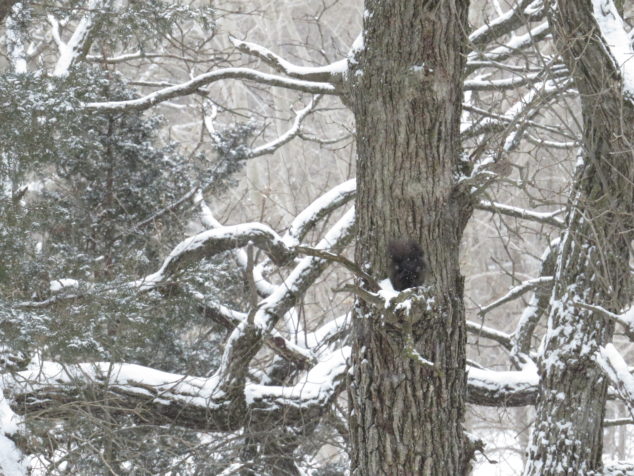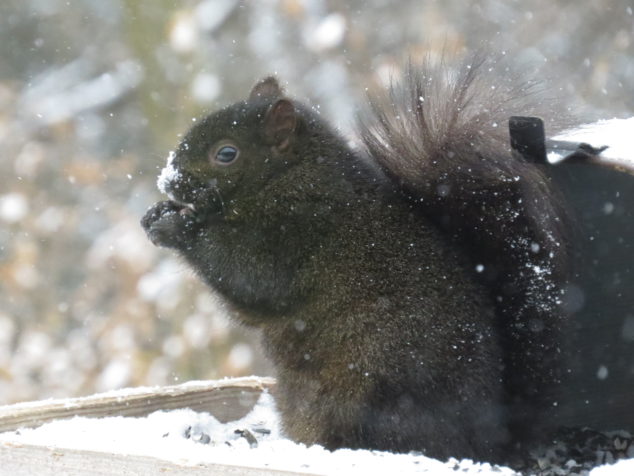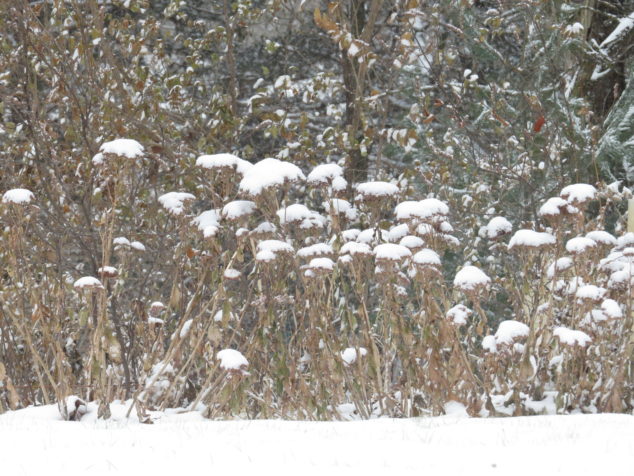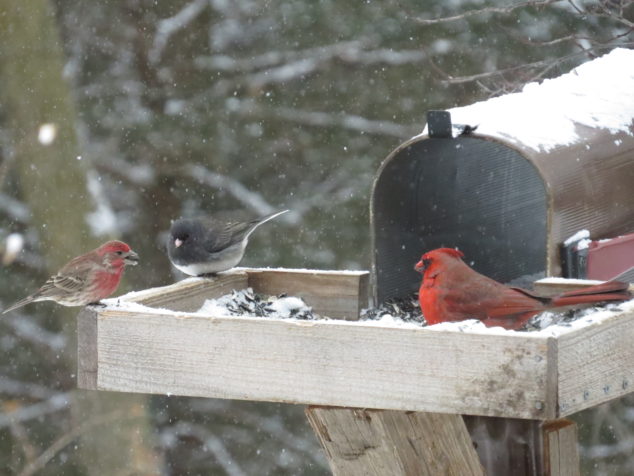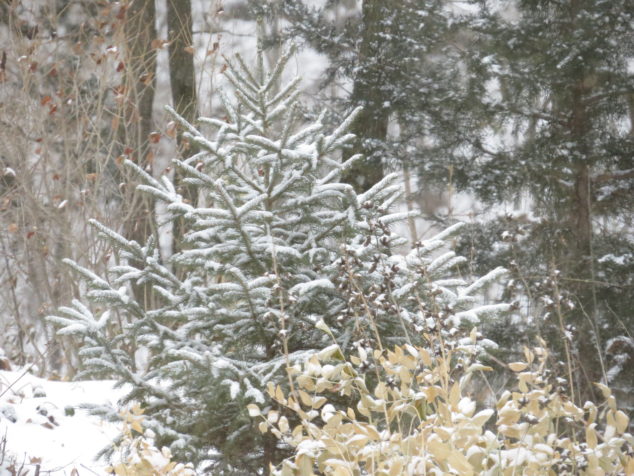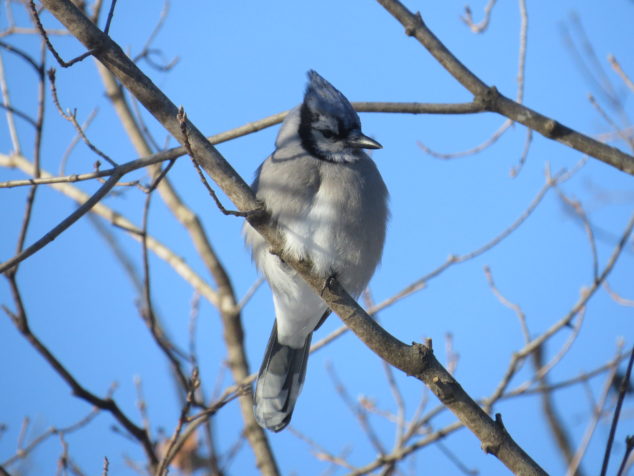“In a sense, each of us is an island. In another sense, however, we are all one. For though islands appear separate, and may even be situated at great distances from one another, they are only extrusions of the same planet, Earth.” –J. Donald Walters
Last weekend, I got away to an island. It was sunny and warm—so warm that the snow was melting! Down the hill from our house is the Sauk River which winds its way through the Horseshoe Chain of Lakes—thirteen connected lakes with convoluted shorelines, jutting peninsulas, and a multitude of islands. We parked at a boat ramp at Horseshoe Lake as a group of ATVs raced around on the ice. Cars and trucks crept through the rushes on an ice road to the little village of fish shacks.
But we were going a different way by a different mode of transportation. We followed the snowmobile tracks to the island.
Most of the ice was snow-covered, which made walking easier, but there were places of clear ice where I peered into the depths of it, wondering how thick it was.
We weren’t the only creatures walking the ice to check out the island.
The island was like an incline rising from the water (ice) with the highest point facing the northwest, from which we came.
Oak, Basswood, Box Elder and Ironwood trees populated the island, and I was surprised as one of the fluffy-tailed inhabitants ran past me while I was gazing at the jet trail in the azure blue sky.
Most of the snow had melted from the island, and it was rather startling to see the vivid green moss at the base of the trees and crawling up the trunks.
Just as vivid was a scattering of Red-twigged Dogwoods along the shore, reaching out to the sunlight.
Downed trees had fallen into the water after years of erosion had loosened the roots from their moorings.
The branches gathered seaweed and algae from high-water summers…
and were polished to sculptural driftwood by summer waves.
We dubbed the island ‘Lone Squirrel Island’ as we walked back over the ice.
Islands are sort of mysterious. They lend themselves to exploration, enticing the boater, the squirrel, and the ice walkers to come see what lies within these shores. I was impressed with the quality of the woodland ecosystem on Lone Squirrel Island—the acorn-bearing Oaks and the beautiful Ironwood trees. It’s not as easy to get to know an island when a watery moat surrounds it as it is when thick ice supports cars, trucks, snowmobiles, or walkers. What if each of us is an island? We appear separate. Some of us are situated at great distances from one another. What is the quality of our ecosystem? Has anything loosened our roots from their secure moorings? Yet, like the underlying Earth of the islands, we are all connected. “Love is the binding force of the Universe. It holds us together. It makes us One.” –J. Donald Walters The thick ice was our bridge to the island. What bridges us together? Listening. Understanding. Empathy. Patience. Kindness. Let’s all be ice walkers. As we peer into the depths of Love, can we even fathom how deep and wide it is?
